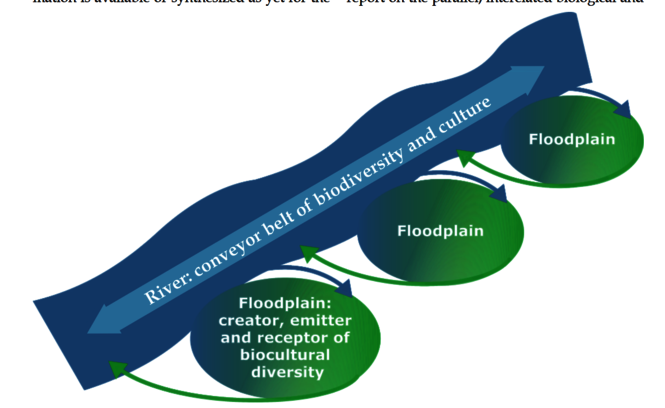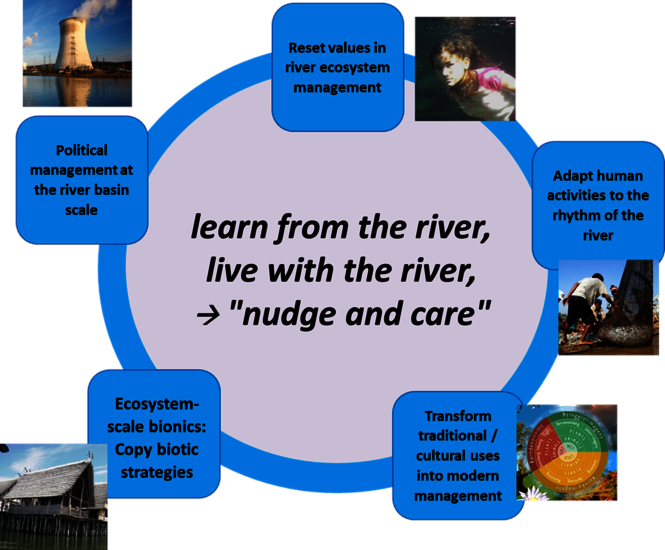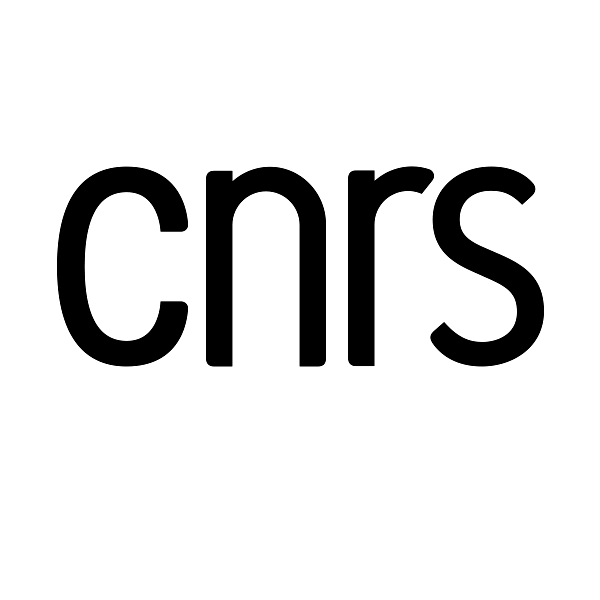The river culture concept


The River Culture Concept, with its 5 tenets on (i) acknowledging the value of hydrological rhythms, (ii) adapting human use practices to the natural flow regime, by learning from and improving on (iii) traditional ecological knowledge or (iv) biological adaptive strategies (landscape bionics), and (v) considering the hydrographical basin as the basic unit for all territorial and land/water use policies (“bassin de responsabilité”) places the relationships between humans and their einvironment into the foreground, which can be summarised as “learn from the river, live with the river, love the river” (Wantzen et al., 2016).
The changing flow and water level patterns of all natural water bodies on earth represent a strong evolutionary selective driver, a force shaping physical habitats, and a biogeochemical engine. They open windows of opportunity and of susceptibility, and they create a spatiotemporal mosaic of different successional states of ecosystems in river-floodplain ecosystems, allowing the sequential coexistence of different life strategies at the same site. There are no two identical hydrological years following each other, but hydrology follows overarching patterns, allowing a certain predictability and adaptations. The River Culture Concept has widened the scope of the hydrology-organism interactions by integrating the human beings and their cultural adaptations, but also the process of learning from adaptive patterns by non-human species into river management schemes. It also refers to the non-rational human-river relationships such as emotions, spiritual relationships, inspiration by the riverine nature, and physical and mental health, in order to create a "psychology of care" for the river.


